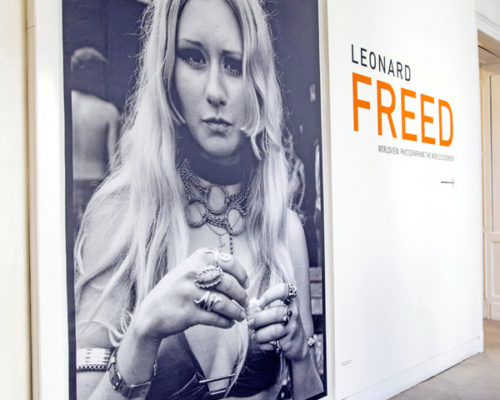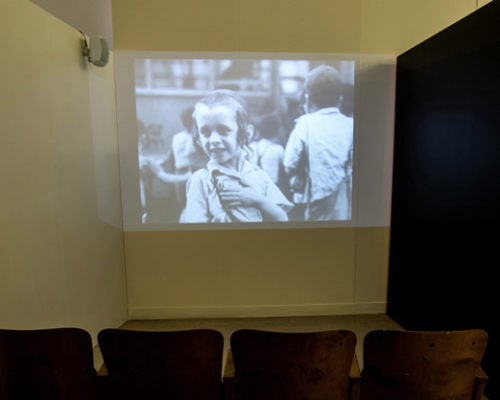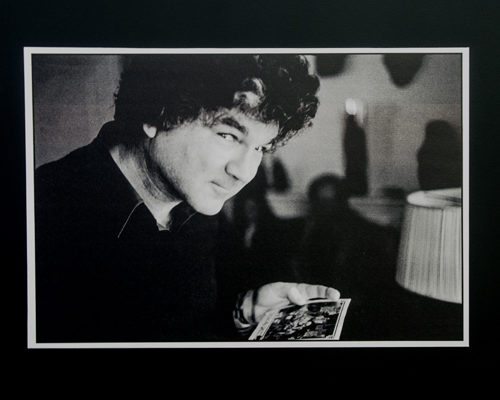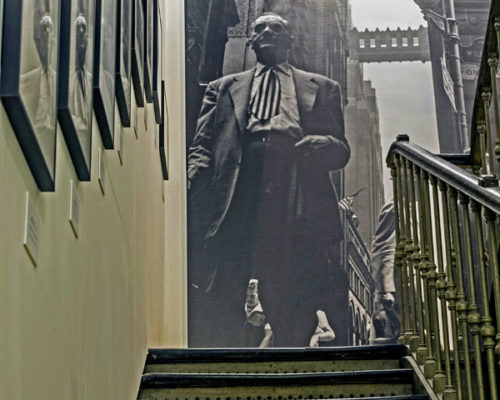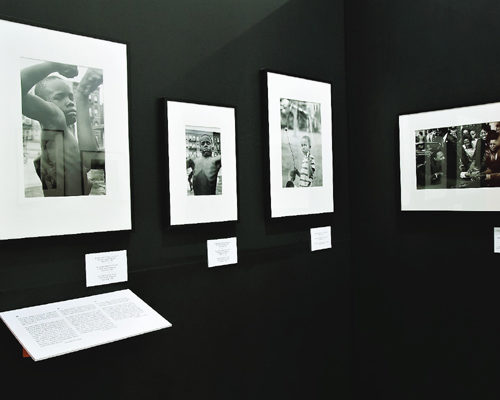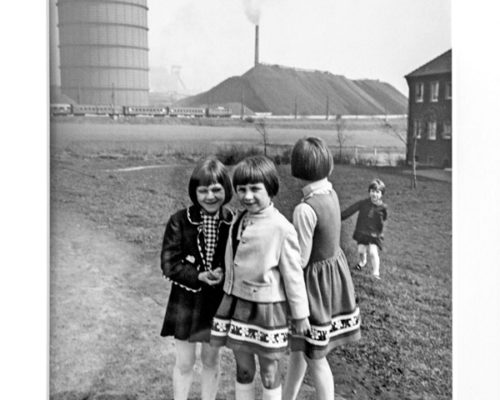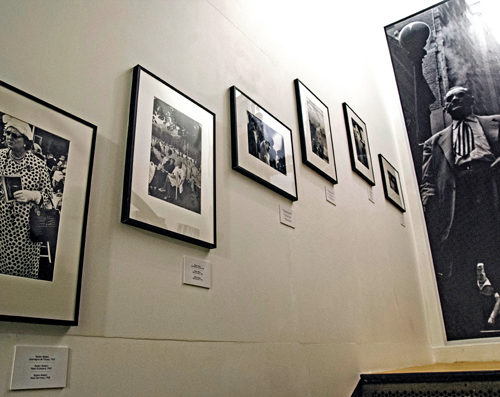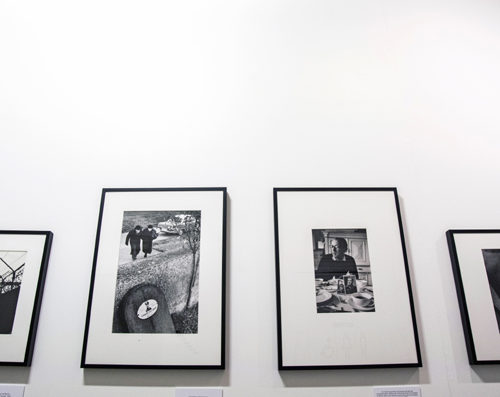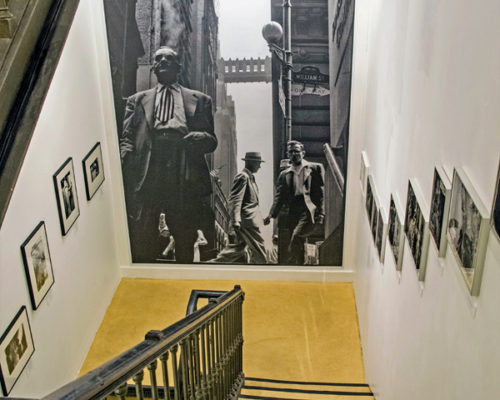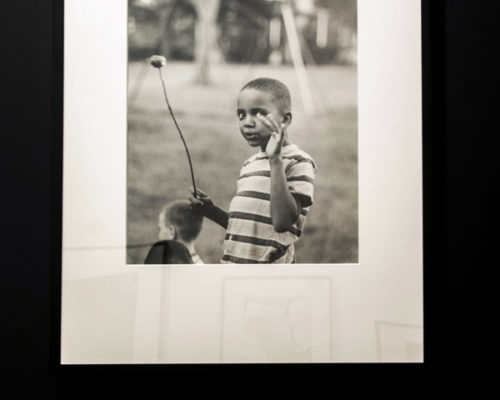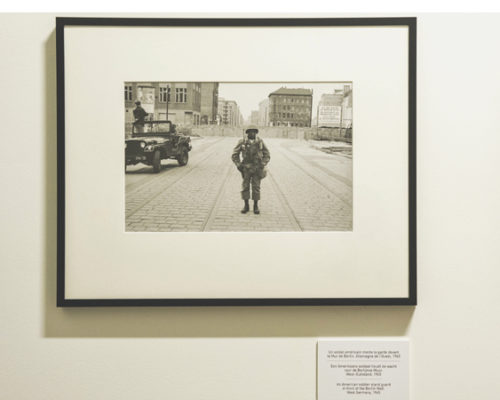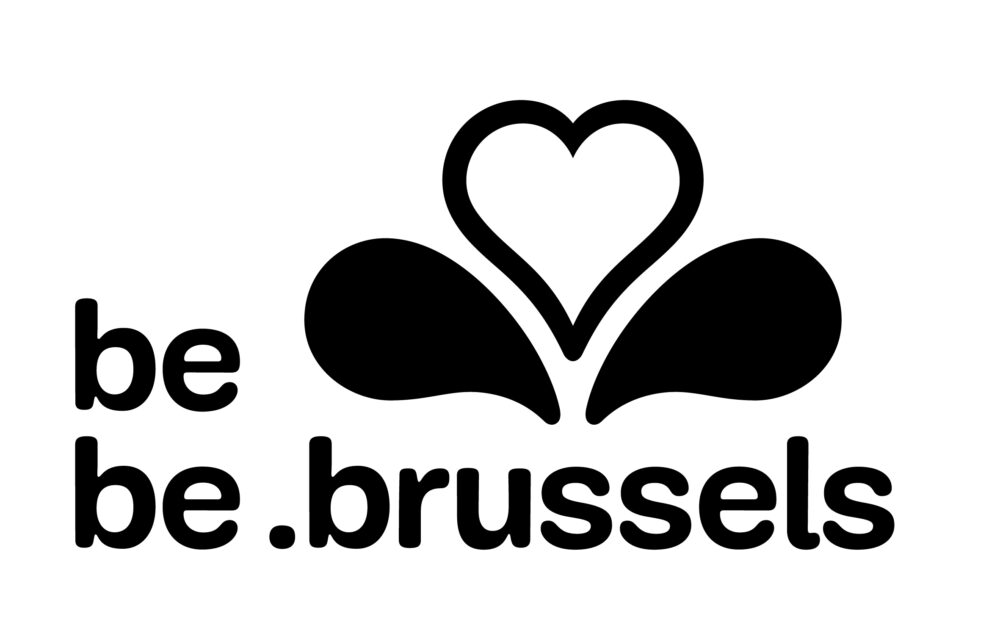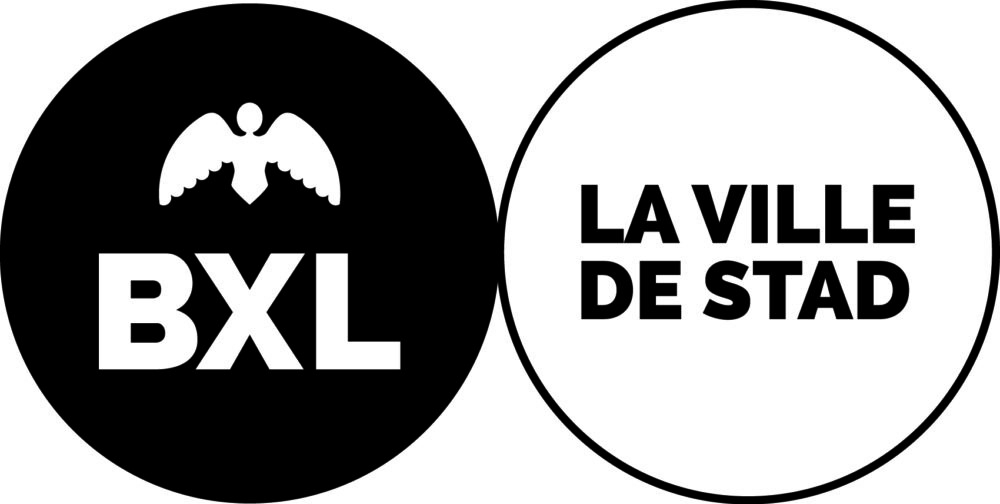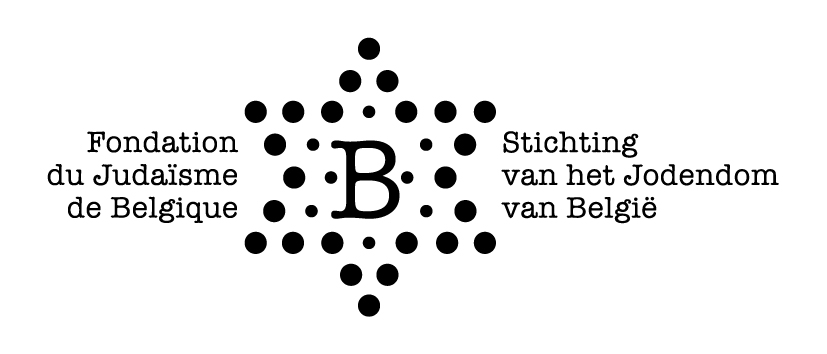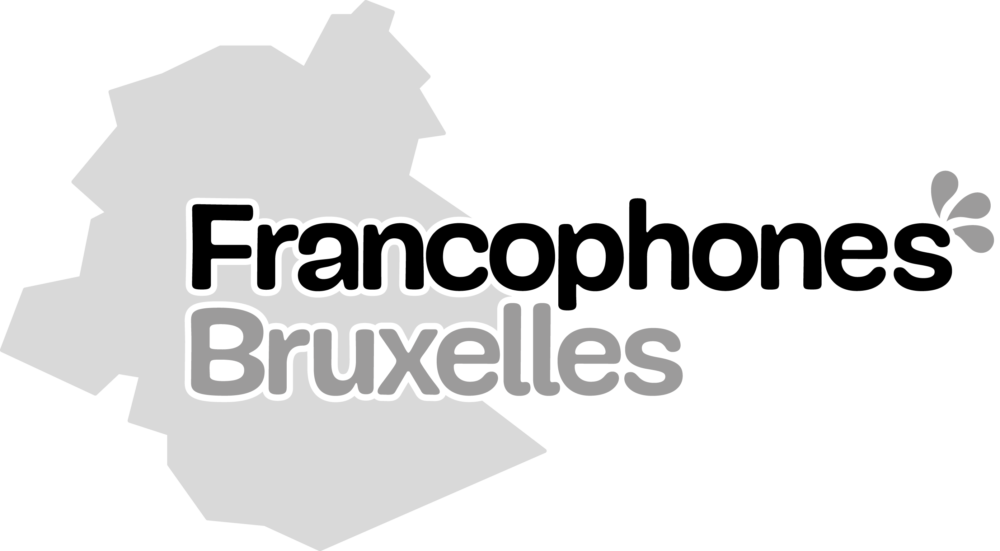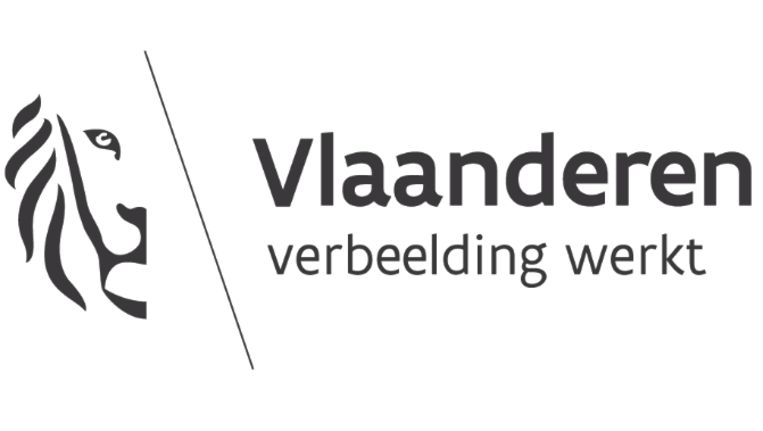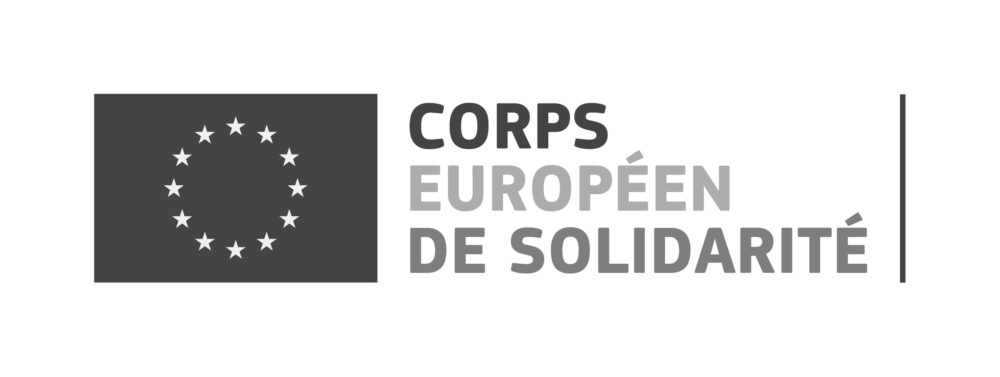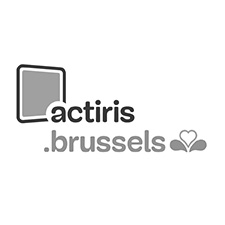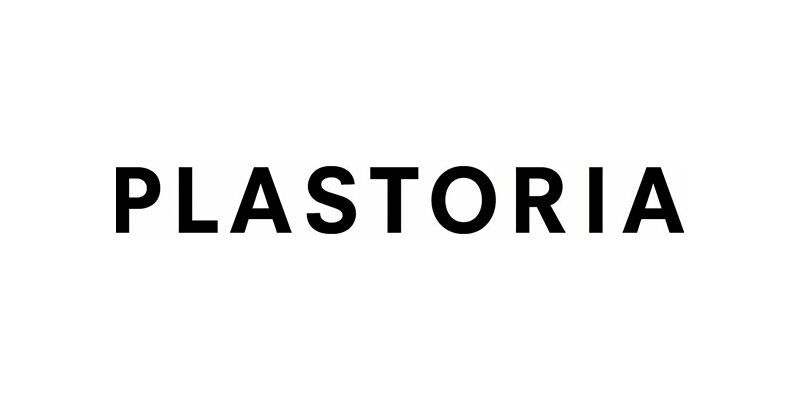Minorities, war, revolution, racial discrimination, work, pleasure, policing, poverty, art and everyday life are at the heart of this “documentary photographer’s” work. Leonard Freed seeks to understand the reasons that drive individuals to do what they do, by focusing on key moments in the world’s political history, which he accompanies as a committed witness. The Israeli-Palestinian conflict (since 1948), the civil rights movement in the United States (1954 – 1968), Germany during the Cold War, or the revolution in Romania (1989): far from choosing his subjects randomly, Leonard Freed uses his photographs to denounce the world as it is.
Come and (re)discover, through the singular eyes of a major 20th-century photographer, the events that have marked contemporary history.
This exhibition is accompanied by an educational guide and a press release.
